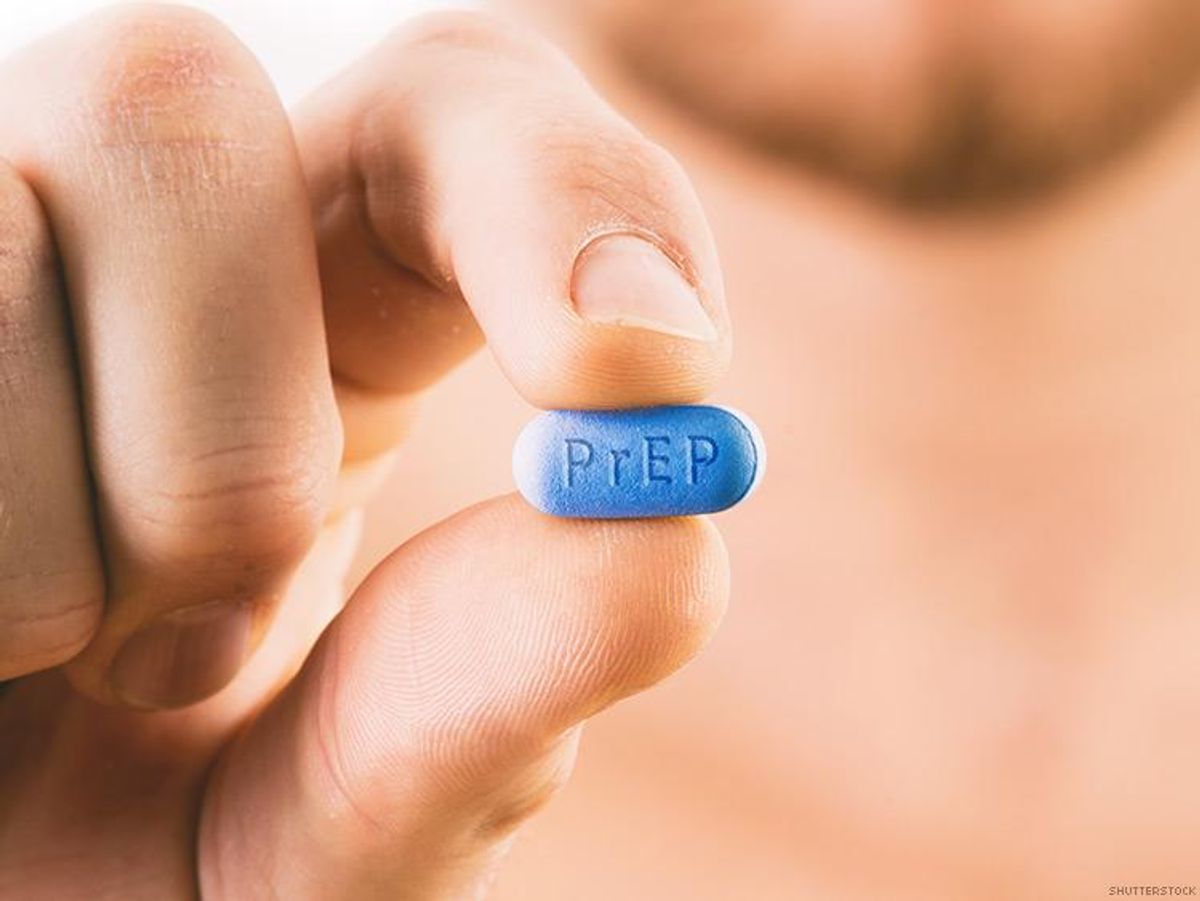Thanks to prevention strategies like PrEP, new cases of HIV transmissions have plummeted tremendously. In fact, annual HIV transmissions dropped nearly 20 percent between 2008 and 2014 in the United States alone. Before that, rates were stagnate for almost twenty years.
A normal person might look at these numbers and know without a doubt that PrEP is changing the course of HIV rates in not only the U.S., but the world. You might look at the data and realize that this once-a-day pill is stalling the progression of a plague that otherwise would have seen the death of countless others, and in another few decades, hopefully see a drastic reduction in the number of people living with the virus. Maybe one day, that number could be zero.
So why, then, do Republicans want to take it away?
House Republicans released a highly anticipated blueprint of what they’re hoping will replace the Affordable Care Act. In it, it’s confirmed their plan is to eliminate Medicaid expansion as well as other highlights in what many call “Obamacare.” One of the consequences? A major roadblock in the access to PrEP.
The plan will make it particularly difficult for low-income Americans in the 31 states (plus Washington D.C.) that adopted the Medicaid expansion. As Time points out, if the new bill passes in its current form, traditional Medicaid will be replaced by per-capita grants, which is a fixed-sum per person that will likely have cuts over time.
Additionally, the bill wants to repeal ACA’s cost-sharing assistance, which is a system based on a person's income that paid insurers an amount to help with their monthly fees. If that happened, coverage will be too expensive for poor people to handle, thus leading to more uninsured Americans living areas that need it most.
While Truvada does offer co-pay assistance through a self-funded program, it’s still unclear how it will be impacted by the proposed ACA repeal. Without easy and affordable access to PrEP, HIV-negative partners in serodiscordant relationships are at a higher risk for contracting the virus. The same can be said for anyone living in high risk counties or participate in high risk activities, like barrier free sex or injection drug use.
The Food and Drug Administration approved Truvada as PrEP in 2012, and according to data from Gilead, 80,000 people started the strategy between 2012 and 2015, which is a drop in the Atlantic when compared to the over one million Americans the Center for Disease Control and Prevention define as “good candidates” for PrEP. (Click HERE to use a PrEP Calculator and see if PrEP is right for you!)
Seeing that PrEP is one of the strongest prevention strategies we have today, the harder it is to access, the harder it will be to lessen HIV rates to zero. Whether we see the effects directly or not, a 20 percent drop in HIV rates in only six years speaks for itself.











































































